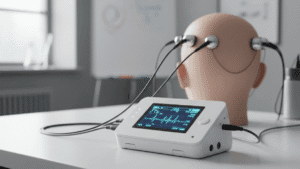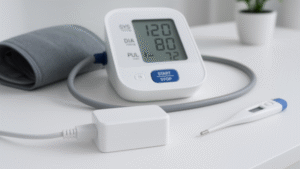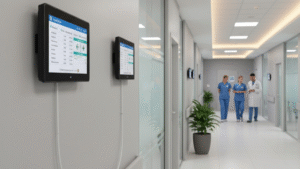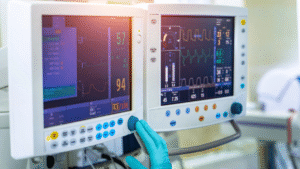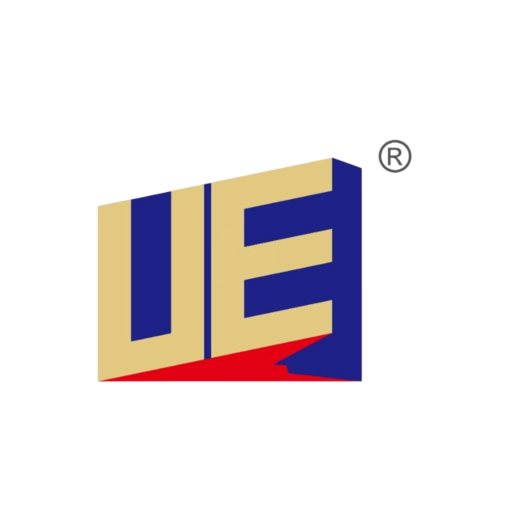In the medical equipment industry, selecting the right medical power supply is not just about meeting voltage and current requirements—it’s about ensuring patient safety, regulatory compliance, and long-term reliability. For OEMs developing diagnostic, therapeutic, or monitoring devices, a well-chosen power solution can make the difference between a successful product and a costly recall.
(Related reading:
Applications of Medical Power Supplies in Modern Healthcare Devices
Medical Power Supply Standards Explained
Future Trends in Intelligent Medical Power Systems

1. Define Your Device’s Power Requirements
The first and most critical step is understanding the electrical and operational requirements of your medical device. This ensures that the power supply aligns with your product’s performance and safety goals.
Key factors to define:
Input voltage range: Determine if your device needs a universal input (85–264 VAC) for global use.
Output voltage and current: Identify exact voltage rails and maximum current draw under different operating modes.
Load characteristics: Is your device load constant, variable, or pulsed (as in laser or imaging systems)?
Power rating and margin: Choose a supply with at least 20–30% headroom above your device’s maximum power demand.
Form factor: Consider space constraints — especially for portable or wall-mounted devices.
Noise sensitivity: For diagnostic or imaging devices, prioritize low-ripple, low-noise power outputs.
Example:
A portable ECG monitor may require 12V DC output with less than 50mV ripple, while a high-power surgical laser may need a 48V DC supply capable of handling dynamic loads.
Tip: Quankang’s medical power supplies offer multiple voltage options (5V to 48V) with ultra-low noise output — ideal for both compact and high-performance medical systems.
2. Understand Certification Levels and Safety Classes
One of the most important aspects in choosing a medical power supply is compliance with international medical safety standards. Medical environments are subject to stricter regulations than general industrial or consumer settings.
Key certifications and safety classes include:
IEC60601-1 / EN60601-1: The core international safety standard for medical electrical equipment, ensuring protection against electric shock, fire, and mechanical hazards.
UL60601-1: U.S. equivalent certification for the North American market.
IEC60601-1-2 (EMC): Defines electromagnetic compatibility requirements to avoid interference with other medical devices.
MOPP and MOOP:
Means of Patient Protection (MOPP) – stricter isolation and leakage current limits.
Means of Operator Protection (MOOP) – for devices not in direct contact with patients.
Typical compliance parameters:
Patient leakage current ≤ 100 μA
Dielectric strength ≥ 4000 VAC
Double or reinforced insulation
Creepage and clearance distances per IEC60601 standards
Insight: Quankang’s medical power supplies are fully certified to IEC60601-1 / UL60601-1, ensuring global compliance and minimizing the OEM’s certification burden.
(Internal link: Medical Power Supply Standards and Certifications)
3. Evaluate Efficiency and Thermal Performance
High efficiency is not just about saving energy—it directly impacts the temperature, lifespan, and reliability of both the power supply and the entire medical device.
Why efficiency matters:
Lower heat output: Reduces the need for large heat sinks or active cooling.
Longer lifespan: Every 10°C reduction in temperature can double component life expectancy.
Compact design: Enables smaller form factors for portable or patient-side equipment.
Environmental compliance: Meets DoE Level VI or ErP standards for low standby power consumption.
Key parameters to check:
Efficiency rating ≥ 88%
Operating temperature range (-20°C to +60°C or higher)
Built-in overvoltage, overload, and short-circuit protection
Thermal derating characteristics
Example:
Quankang’s high-efficiency medical AC-DC adapters achieve up to 91% conversion efficiency, maintaining cool and stable operation even in continuous 24-hour usage—ideal for ventilators, diagnostic instruments, and medical lasers.
(Internal link: Applications of Medical Power Supplies in Healthcare Devices)
4. Selecting Reliable Suppliers – Why Quankang
Choosing a technically sound power supply is only part of the process; selecting a dependable manufacturer ensures long-term partnership, technical support, and compliance assistance.
What to look for in a supplier:
Proven track record in medical and industrial power supply design
Certifications (ISO9001, ISO13485)
In-house testing for EMC, leakage current, and environmental stress
Engineering support for customization and certification integration
Global after-sales and warranty coverage
Why OEMs trust Quankang:
15+ years of experience in medical-grade AC/DC power supply development
Products certified to IEC60601-1, UL60601-1, CE, and RoHS
Advanced thermal and EMC design ensures reliable long-term operation
OEM customization available for voltage, connectors, and form factors
Fast response engineering team for sample and certification support
Quankang doesn’t just provide power supplies — we deliver complete energy solutions that enable OEMs to accelerate product launch while ensuring global compliance and safety.
(Internal link: Medical Power Supply Main Page)
5. Checklist: OEM Selection Tips
Before finalizing your medical power supply, use this checklist to validate compatibility, safety, and performance:
| Selection Aspect | Key Consideration | Quankang Advantage |
| Safety Standard | IEC60601-1 / UL60601 | Certified medical-grade supplies |
| Leakage Current | ≤ 100 μA | Meets patient safety standards |
| Efficiency | ≥ 88% | High conversion, low heat |
| Temperature Range | -20°C to +60°C | Stable under harsh conditions |
| Customization | Voltage / Connector | OEM-tailored solutions |
| Reliability | MTBF > 100,000 hours | Long-term stable operation |
Pro Tip for OEMs:
Always confirm the certification version and test report date — standards like IEC60601-1 are periodically updated, and outdated certificates can cause approval delays.
Conclusion
Choosing the right medical power supply is a critical step in developing safe, efficient, and compliant healthcare devices. By considering electrical requirements, safety certifications, and supplier reliability, OEMs can minimize risk and maximize performance.
With its proven experience, globally certified products, and strong OEM engineering support, Quankang stands as your trusted partner in powering the future of healthcare technology.
Explore more: Quankang Medical Power Supply
or Contact us today to discuss customized power solutions for your next medical project.

